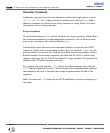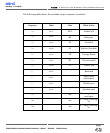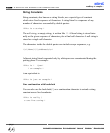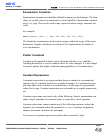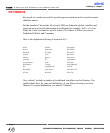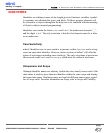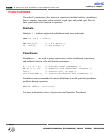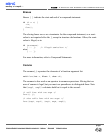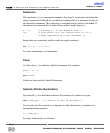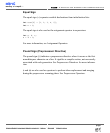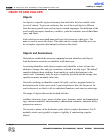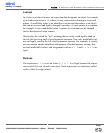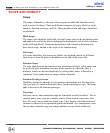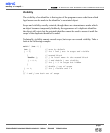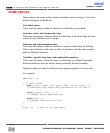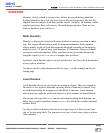
Semicolon
The semicolon (;) is a statement terminator. Any legal C expression (including the
empty expression) followed by a semicolon is interpreted as a statement, known as
an expression statement. The expression is evaluated and its value is discarded. If
the expression statement has no side effects, mikroC might ignore it.
a + b;
/* evaluate a + b, but discard value */
++a;
/* side effect on a, but discard value of ++a */
;
/* empty expression or a null statement */
Semicolons are sometimes used to create an empty statement:
for (i = 0; i < n; i++) ;
For more information, see Statements.
Colon
Use the colon (:) to indicate a labeled statement. For example:
start: x = 0;
...
goto start;
Labels are discussed in Labeled Statements.
Asterisk (Pointer Declaration)
The asterisk (*) in a declaration denotes the creation of a pointer to a type:
char *char_ptr;
/* a pointer to char is declared */
You can also use the asterisk as an operator to either dereference a pointer or as
the multiplication operator:
i = *char_ptr;
For more information, see Pointers.
mikroC
- C Compiler for Microchip PIC microcontrollers
mikroC
making it simple...
50
MikroElektronika:
Development
tools
-
Books
-
Compilers
page



